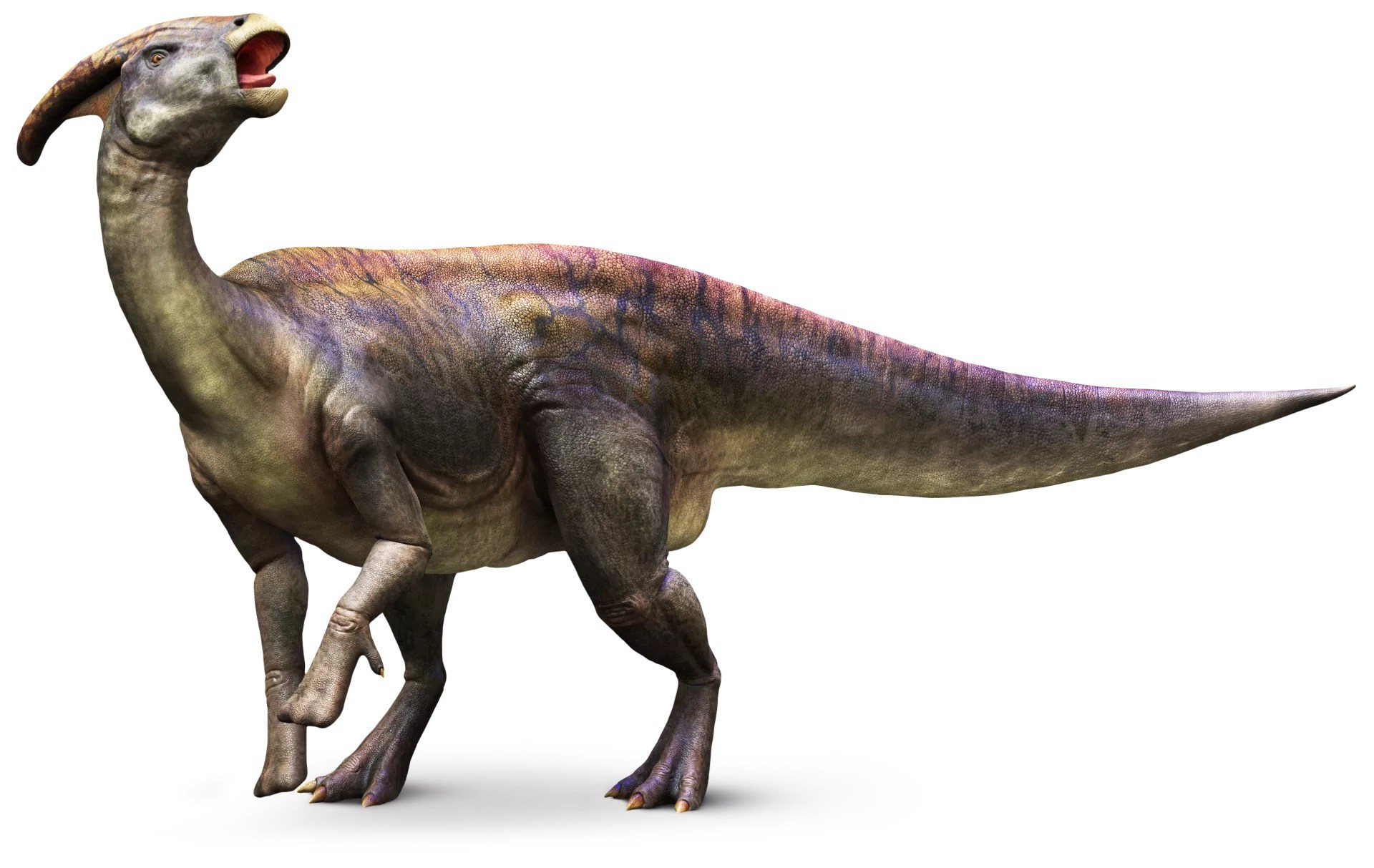
Are your kids fascinated by dinosaurs? If so, then they’re in for a treat. One dinosaur that will surely capture their imagination is the Parasaurolophus. This majestic herbivore, known for its distinctive crest, roamed the Earth millions of years ago during the Late Cretaceous period. In this article, we will explore 10 fascinating Parasaurolophus facts that will amaze and educate your little ones. From its unique appearance to its behavior and habitat, these facts will provide a comprehensive understanding of this incredible dinosaur. So, get ready to dive into the world of Parasaurolophus and discover some fascinating tidbits about this prehistoric creature that will leave your kids awestruck.
Key Takeaways:
- Parasaurolophus were large, plant-eating dinosaurs with a unique crest on their heads. They lived in herds, used their crests to make sounds, and became extinct around 66 million years ago.
- Parasaurolophus had a versatile lifestyle, walking on both two and four legs. Their social behavior and powerful jaws for chewing tough plants made them fascinating herbivorous dinosaurs.
Parasaurolophus Were Herbivorous Dinosaurs
Parasaurolophus were plant-eating dinosaurs, which means they had a diet primarily consisting of vegetation such as leaves, ferns, and other low-lying plants.
Parasaurolophus Had a Distinctive Crest on Their Heads
One of the most recognizable features of the Parasaurolophus is the large bony crest that extended from the back of their heads. This crest could grow up to six feet long in some species.
Parasaurolophus Lived During the Late Cretaceous Period
The Parasaurolophus roamed the Earth approximately 76 to 73 million years ago, during the Late Cretaceous period.
Parasaurolophus Could Walk on Both Two Legs and Four Legs
Parasaurolophus were versatile creatures and had the ability to walk on both two legs and four legs. They could switch between bipedal and quadrupedal locomotion depending on the situation.
Parasaurolophus Used Their Crests to Produce Sounds
The crest of the Parasaurolophus wasn’t just for show. They used it as a resonating chamber to produce deep, low-frequency sounds. Scientists believe they may have used these sounds for communication and mating rituals.
Parasaurolophus Were Social Animals
Parasaurolophus lived in herds or groups, which suggests that they were social animals. Being part of a herd provided them with protection and increased their chances of survival.
Parasaurolophus Had a Long Tail
The Parasaurolophus had a relatively long tail, which helped them maintain balance and stability while walking or running.
Parasaurolophus Were Big Herbivores
Parasaurolophus were relatively large dinosaurs, reaching lengths of up to 40 feet and weighing several tons. Their large size allowed them to efficiently graze on vegetation and sustain their energy requirements.
Parasaurolophus Used Their Powerful Jaws to Chew Food
Their jaws were well-suited for chewing tough plant material. They had rows of sharp teeth that were perfect for grinding and processing plant matter.
Parasaurolophus Became Extinct Alongside Other Dinosaurs
Unfortunately, just like the other dinosaurs, the Parasaurolophus became extinct around 66 million years ago, most likely due to the catastrophic event caused by an asteroid impact.
Overall, the 10 Parasaurolophus Facts For Kids highlight the incredible features and lifestyle of these fascinating herbivorous dinosaurs. From their distinctive crests to their social behavior, Parasaurolophus offer a glimpse into the prehistoric world that once existed millions of years ago.
Conclusion
Parasaurolophus is a fascinating dinosaur that captivates the imaginations of both kids and adults alike. From its unique crest to its herbivorous diet, there are plenty of interesting facts to discover about this dinosaur. Whether you’re a young dinosaur enthusiast or just curious about prehistoric creatures, learning about Parasaurolophus is an exciting journey.
By exploring the 10 Parasaurolophus facts mentioned in this article, kids can gain a deeper understanding of these incredible creatures and their place in Earth’s history. From the importance of their crest for communication to their social behavior in herds, Parasaurolophus offers valuable insights into the world of dinosaurs.
Encouraging kids to explore and learn about dinosaurs like Parasaurolophus can help foster a love for science, nature, and discovery. So, dive into the world of paleontology and uncover the wonders of Parasaurolophus!
FAQs
Q: How big was Parasaurolophus?
A: Parasaurolophus was a large dinosaur, measuring around 40 feet in length and weighing approximately 2-3 tons.
Q: Did Parasaurolophus have any predators?
A: Parasaurolophus lived alongside predators like Tyrannosaurus rex and the raptors, which posed a threat to their safety.
Q: What was the purpose of Parasaurolophus’ crest?
A: The exact purpose of the crest is still debated, but scientists believe it played a role in communication and producing sounds for mating displays.
Q: Where did Parasaurolophus live?
A: Parasaurolophus lived in North America during the Late Cretaceous period, primarily in what is now modern-day Utah and Alberta, Canada.
Q: Was Parasaurolophus a herbivore?
A: Yes, Parasaurolophus was a herbivorous dinosaur, feeding on plants, leaves, and other vegetation.
Q: How fast could Parasaurolophus run?
A: It is estimated that Parasaurolophus could run at speeds of up to 25 miles per hour.
Q: How long ago did Parasaurolophus exist?
A: Parasaurolophus lived approximately 75-73 million years ago, during the Late Cretaceous period.
Q: How did Parasaurolophus defend itself?
A: Parasaurolophus likely relied on its size and strength as a defense mechanism against predators. It may also have used its crest to signal and communicate with other members of its species.
Q: How many species of Parasaurolophus have been discovered?
A: Currently, two species of Parasaurolophus have been identified: Parasaurolophus walkeri and Parasaurolophus tubicen.
Q: Are there any fossil remains of Parasaurolophus?
A: Yes, fossil remains of Parasaurolophus have been found in several locations, including Utah, New Mexico, and Alberta, Canada.
Was this page helpful?
Our commitment to delivering trustworthy and engaging content is at the heart of what we do. Each fact on our site is contributed by real users like you, bringing a wealth of diverse insights and information. To ensure the highest standards of accuracy and reliability, our dedicated editors meticulously review each submission. This process guarantees that the facts we share are not only fascinating but also credible. Trust in our commitment to quality and authenticity as you explore and learn with us.


